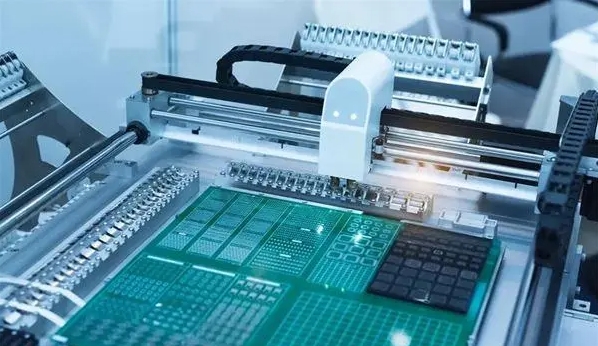Flexibility Redefined: Adaptive CNC Systems for Varied Production Needs+ View more
Flexibility Redefined: Adaptive CNC Systems for Varied Production Needs
+ View more
Date:2023-12-03 11:45
In the dynamic landscape of manufacturing, the evolution of CNC (Computer Numerical Control) machining has ushered in a new era of adaptability and versatility. This article explores the transformative capabilities of adaptive CNC systems, designed to meet diverse production needs across industries, redefining flexibility in modern manufacturing.
The Foundation of CNC Machining
CNC machining emerged as a pioneering technology, revolutionizing manufacturing with its precision-driven approach. Its initial focus was on high-precision and repetitive tasks, but the demands of modern production necessitated a paradigm shift toward adaptive and flexible systems.

Adaptive CNC: Meeting Varied Production Demands
Adaptive CNC systems represent a departure from traditional rigid manufacturing processes. These systems are designed to adapt swiftly to changing production requirements, enabling seamless transitions between different part geometries, materials, and production volumes without significant retooling or downtime.
Versatility through Multi-Tasking and Multi-Functionality
The hallmark of adaptive CNC systems lies in their ability to multitask and perform multiple functions within a single setup. Multi-axis machining, combined with multi-tasking capabilities, allows for complex parts to be machined in a single operation, enhancing efficiency and reducing lead times.
AI and Machine Learning Integration
The integration of artificial intelligence (AI) and machine learning augments the adaptability of CNC systems. These technologies enable real-time analysis of production data, predictive maintenance, tool wear monitoring, and process optimization, ensuring optimal performance and adaptability in diverse production scenarios.
Customization and Rapid Changeovers
Adaptive CNC systems excel in rapid changeovers and customization. Their capability to swiftly adjust to new designs or specifications enhances agility in production, allowing manufacturers to respond quickly to market demands and individual customer requirements.
The Role of Robotics and Automation
Robotics and automation complement adaptive CNC systems, further enhancing their flexibility. Collaborative robots (cobots) integrated with CNC machines facilitate tasks such as loading, unloading, and part inspection, streamlining processes and expanding the range of applications for adaptive CNC technology.
Addressing Challenges and Future Trajectories
Challenges such as programming complexity, interoperability, and skill requirements remain areas of focus for the continued evolution of adaptive CNC systems. Future trajectories involve advancing software interfaces, standardizing protocols, and enhancing user-friendly functionalities to further broaden the reach and impact of adaptive CNC technology.
Conclusion: Shaping the Future of Manufacturing Flexibility
In conclusion, adaptive CNC systems represent a pivotal shift toward flexibility and adaptability in manufacturing. These systems redefine the possibilities of CNC machining, enabling manufacturers to navigate varied production needs with unparalleled agility and efficiency. As technology advances, adaptive CNC systems promise to continue shaping the future of manufacturing flexibility, offering versatile solutions that cater to the ever-changing demands of modern industry.
Share to:
Recommend wonderful blog posts

